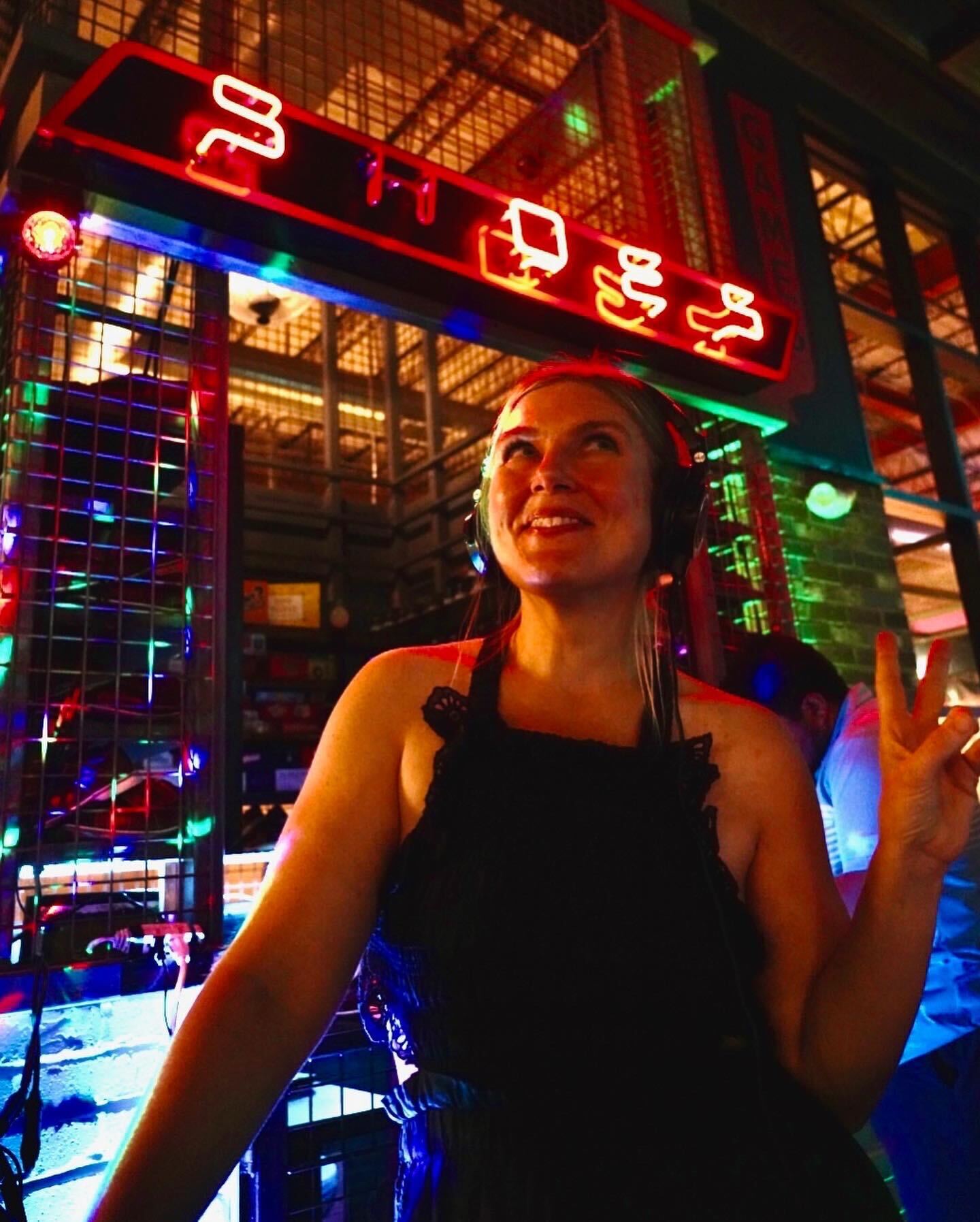
Updated: Mon. Dec. 16, 2024 to include several new Dark Sky locations in Colorado
June is Dark Sky Month in Colorado, by proclamation of the governor. It’s a great reminder to look up and enjoy the night sky.
Southeastern Colorado and Northern New Mexico have many places with little light pollution and dark skies, where on clear nights you can see countless stars and even the Milky Way stretching overhead.
International Dark Sky designated locations include Crestone, Great Sand Dunes National Park and Preserve and Florissant Fossil Beds National Monument.
Westcliffe, Silver Cliff and Capulin Volcano National Monument also offer star parties complete with large telescopes for gazing into nebulae, galaxies and planets.
The goal is to give people a chance to experience what the night sky looks like without light pollution and give them even more insight into the heavens and why it’s important to use lighting that doesn’t blot out the stars.
Below are Dark Sky Events planned for this summer and great places to see the stars in general
International Dark Sky Designated Locations in southeastern Colorado and Northern New Mexico
- Wet Mountain Valley/Silver Cliff/Westcliffe
- Florissant Fossil Beds
- Great Sand Dunes National Park and Preserve
- Crestone
- Browns Canyon National Monument
- Capulin Volcano National Monument
Other Colorado International Dark Sky designated locations
- Black Canyon of the Gunnison National Park
- Gunnison Gorge National Conservation Area
- Curecanti National Recreation Area
- Slumgullion Center
- Mesa Verde National Park
- Dinosaur National Monument
- Hovenweep National Monument
- Jackson Lake State Park
- Ridgeway
- Norwood and Naturita/Nucla
- Paonia
- Top of the Pines
- Around Colorado









